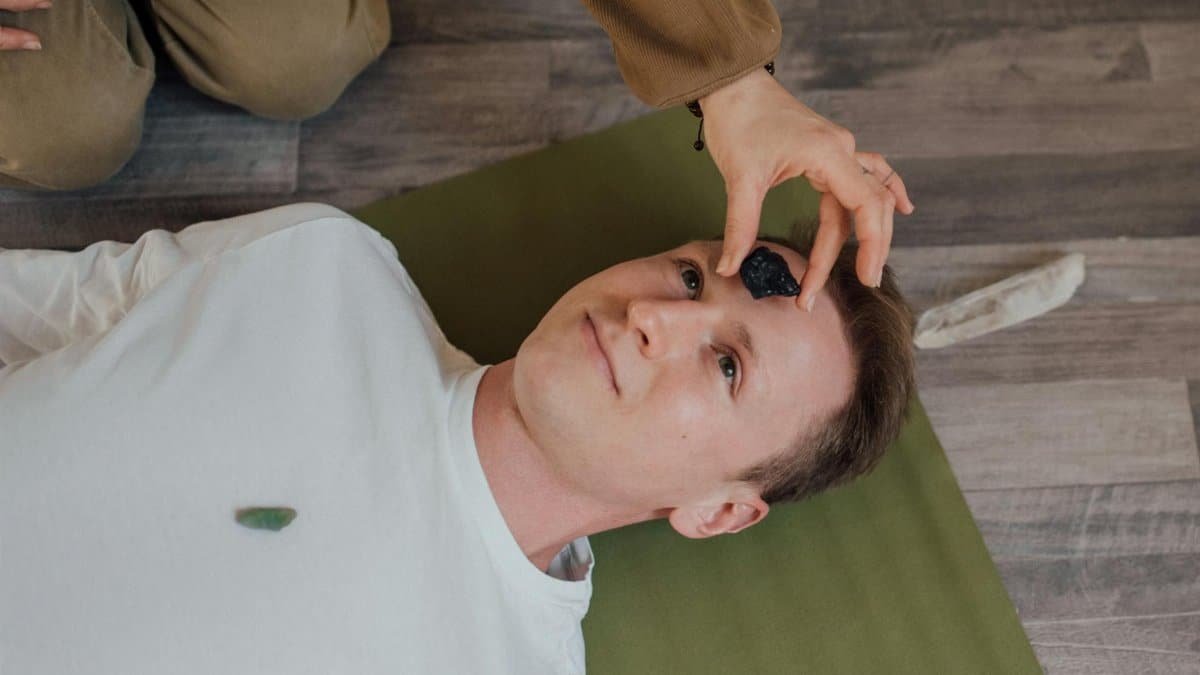In the bustling wellness scenes of cities like Los Angeles and New York, a quiet resurgence is underway. More Americans are turning to ancient practices blended with modern mindfulness, seeking equilibrium amid the chaos of daily life. Reiki rituals, once dismissed as fringe, now appear in mainstream apps, corporate retreats, and even hospital wellness programs. This shift reflects a broader cultural hunger for tools that foster inner balance—methods that don’t require gadgets or prescriptions but tap into subtle energies. As we navigate 2025’s uncertainties, from economic pressures to digital overload, these rituals offer a grounded way to realign. But what makes them effective, and how can they be integrated into everyday routines? Let’s explore seven such practices, with a special focus on one that digs deep into stability.
1. Morning Aura Sweep for Clarity
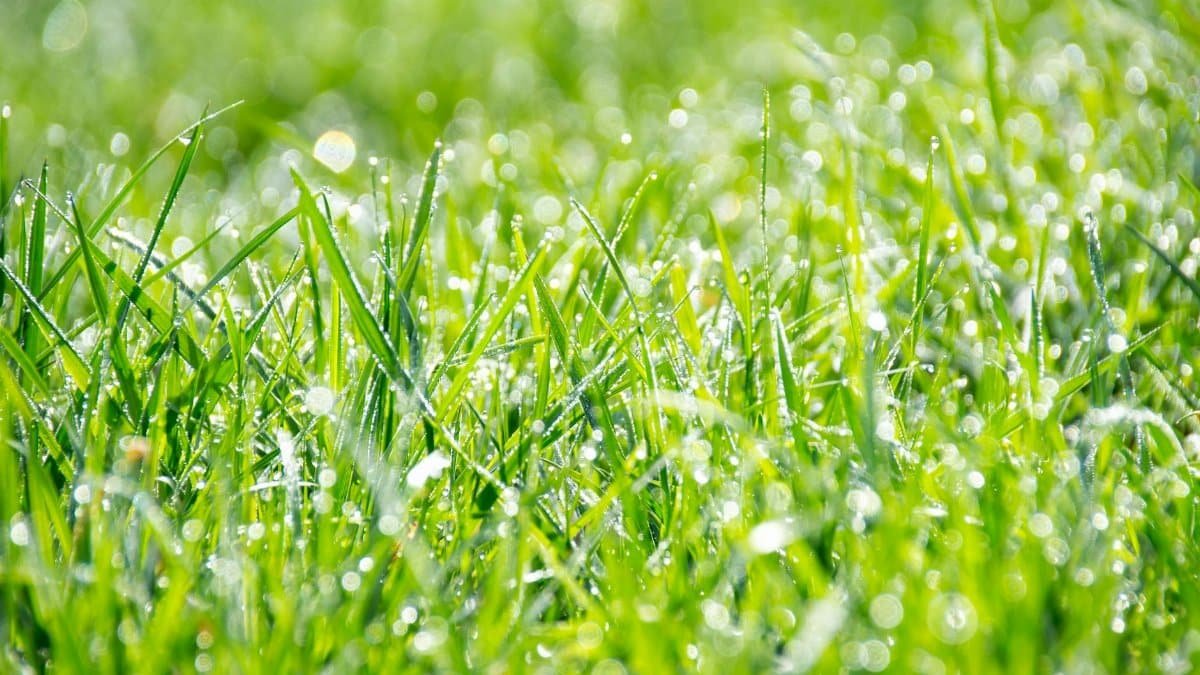
Start the day with intention, and everything else follows. Imagine a busy parent in Chicago, juggling remote work and school drop-offs, pausing for just five minutes to perform this ritual. They stand barefoot, palms facing outward, visualizing a gentle wave of light clearing mental fog. This reiki-inspired sweep draws from the Japanese tradition of Usui Reiki, emphasizing the flow of universal life energy to dissolve blockages.
Practitioners often describe it as a mental reset button. A study from the University of Minnesota’s Center for Spirituality & Healing highlights how such energy practices can reduce perceived stress by up to 25% in participants over a four-week period.University of Minnesota Center for Spirituality & Healing notes that reiki’s non-invasive nature makes it accessible for beginners.
To try it: Breathe deeply, scan your body from head to toe, and intend to release stagnant energy. One anonymized account from an online wellness forum captured the essence: “It was like wiping steam off a mirror—I could finally see my priorities clearly.” Over time, this builds resilience, turning chaotic mornings into focused launches.
Yet, it’s not without nuance. Some find the visualization challenging at first, especially if skepticism creeps in. That’s where patience comes in; reiki rituals thrive on repetition, gradually shifting one’s energy field toward harmony.
2. Heart Center Alignment for Emotional Equilibrium
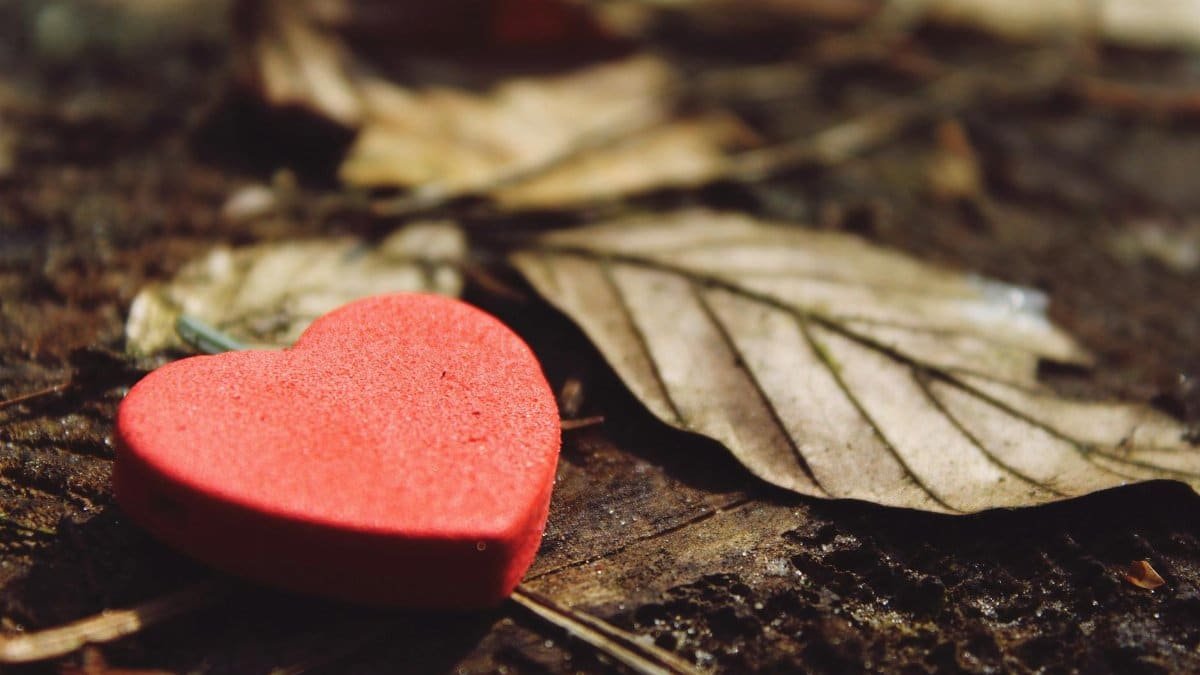
Emotions can tilt us off balance like a seesaw in a storm. This ritual focuses on the heart chakra, a core concept in reiki where energy centers influence well-being. Picture a teacher in Atlanta, after a draining day of virtual classes, placing hands over their chest and channeling warmth to soothe inner turmoil.
The practice involves gentle self-touch or hovering hands, intending loving energy to flow. It’s rooted in reiki’s principle of ki, or life force, which can be directed to heal emotional wounds. Research from the National Institutes of Health underscores reiki’s potential in managing anxiety, with a review showing participants reporting lower cortisol levels post-session.NIH Study on Reiki and Anxiety.
Vary the approach: Add affirmations like “I am centered in love.” This isn’t mere positive thinking; it’s an energetic recalibration. In one reflective snapshot, a participant shared feeling “a warm unraveling of knots I’d carried for years.” For those in high-stress jobs, it serves as a midday anchor, preventing emotional spills from derailing the day.
Challenges arise when past traumas surface—reiki can stir them gently, inviting resolution rather than suppression. It’s a reminder that balance isn’t about perfection but about flowing with what emerges.
3. Solar Plexus Ignition for Personal Power

Power isn’t about dominance; it’s about standing firm in your own light. This ritual targets the solar plexus, the seat of confidence in reiki philosophy. Envision a freelance writer in Seattle, battling imposter syndrome, using this to ignite inner fire before pitching ideas.
Hands rest on the abdomen, breathing into the area while visualizing a golden glow expanding. It’s a direct application of reiki’s self-healing techniques, empowering users to reclaim agency. A report from the Cleveland Clinic discusses how energy therapies like reiki may enhance self-efficacy, with patients in integrative programs showing improved mood regulation.Cleveland Clinic on Reiki.
Incorporate movement: Gently rock side to side to stir the energy. Stories from practitioners often highlight breakthroughs, like suddenly negotiating a better contract after feeling “lit from within.” Yet, overdoing it can lead to restlessness—balance here means listening to your body’s signals.
This ritual underscores reiki’s adaptability, blending ancient wisdom with contemporary needs, making personal power feel attainable rather than elusive.
4. Throat Expression Release for Authentic Voice

Words unspoken can weigh like stones. This reiki ritual clears the throat chakra, encouraging honest communication. Consider a manager in Boston, stifled in meetings, who uses it to release pent-up thoughts.
With hands near the neck, hum softly while intending energy to flow freely. It’s based on reiki’s holistic view that blockages manifest as physical or emotional tension. Pew Research Center data indicates a growing interest in alternative therapies among Americans, with 36% of adults reporting use of practices like reiki for stress relief in recent surveys.Pew Research on Alternative Practices.
Enhance with journaling post-ritual to capture emerging insights. One shared experience described it as “unlocking a dam—words poured out, and connections deepened.” However, vulnerability can feel exposing; starting small builds trust in the process.
In 2025’s era of virtual interactions, this ritual fosters authenticity, turning muffled voices into clear expressions.
5. Root Chakra Grounding for Deep Stability
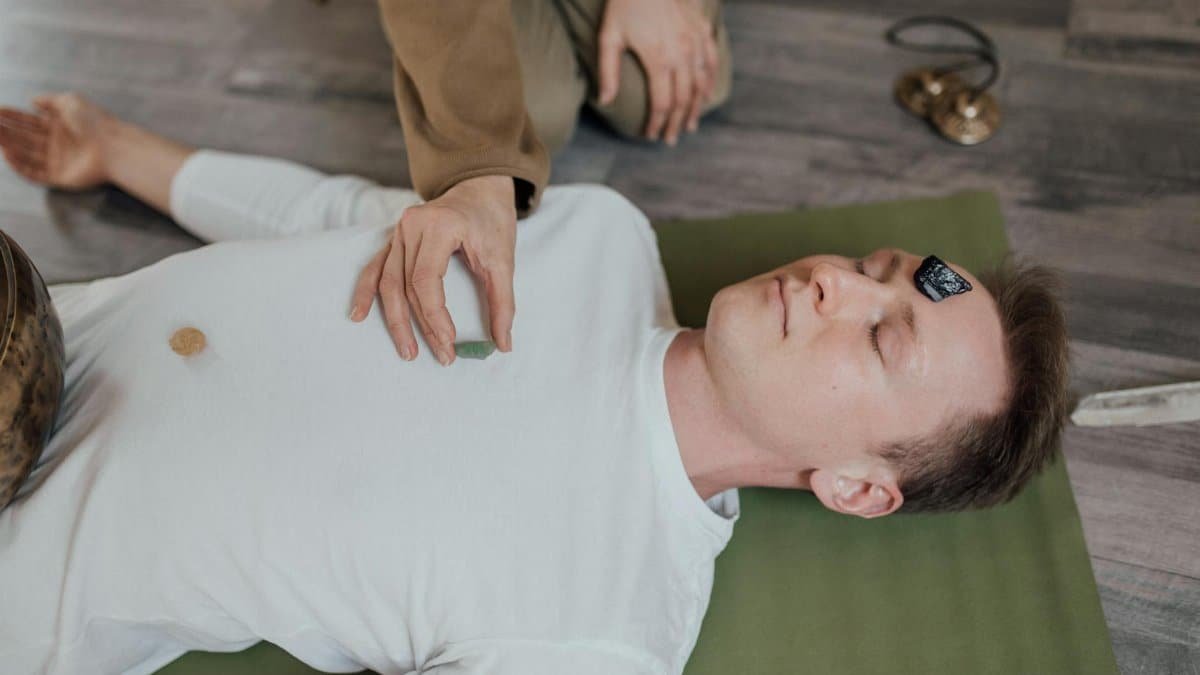
When the world spins too fast, grounding becomes essential. This ritual, the fifth in our series, delves deeply into stability by focusing on the root chakra at the base of the spine. It’s particularly potent for those feeling unmoored—think of a recent retiree in Florida, adrift without routine, who adopts it to reconnect with the earth.
Sit or stand with feet planted, hands on lower back, visualizing roots extending into the ground. Channel reiki energy downward, affirming security and presence. This practice embodies reiki’s grounding ethos, countering the floatiness of modern distractions. A study published in the Journal of Alternative and Complementary Medicine found that reiki sessions improved feelings of groundedness in 78% of participants with chronic stress.Journal of Alternative and Complementary Medicine Study.
Deepen it by incorporating nature: Perform outdoors, feeling soil underfoot. An anonymous online reflection captured the transformation: “It was like anchoring a boat in choppy waters—suddenly, I could weather the storms.” Tensions emerge if resistance arises; reiki teaches gentle persistence, not force.
This ritual stands out for its depth, offering profound stability in an unstable time, making it a cornerstone for lasting balance.
6. Crown Connection for Spiritual Harmony

Harmony extends beyond the physical—it’s a bridge to the transcendent. This ritual opens the crown chakra, inviting universal energy. Visualize a young artist in Portland, seeking inspiration amid creative blocks, who uses it to tap into higher flows.
Hands hover above the head, intending a cascade of light to integrate body and spirit. It’s a pinnacle of reiki rituals, emphasizing unity. The National Center for Complementary and Integrative Health reports increasing evidence for reiki’s role in enhancing spiritual well-being.NCCIH on Reiki.
Pair with meditation for amplified effects. Practitioners often note a sense of expansive peace, like “merging with a larger rhythm.” Yet, it can feel disorienting at first—grounding afterward prevents overwhelm.
In weaving spiritual threads, this ritual completes the balance, fostering a holistic sense of wholeness.
7. Full Body Integration for Sustained Balance
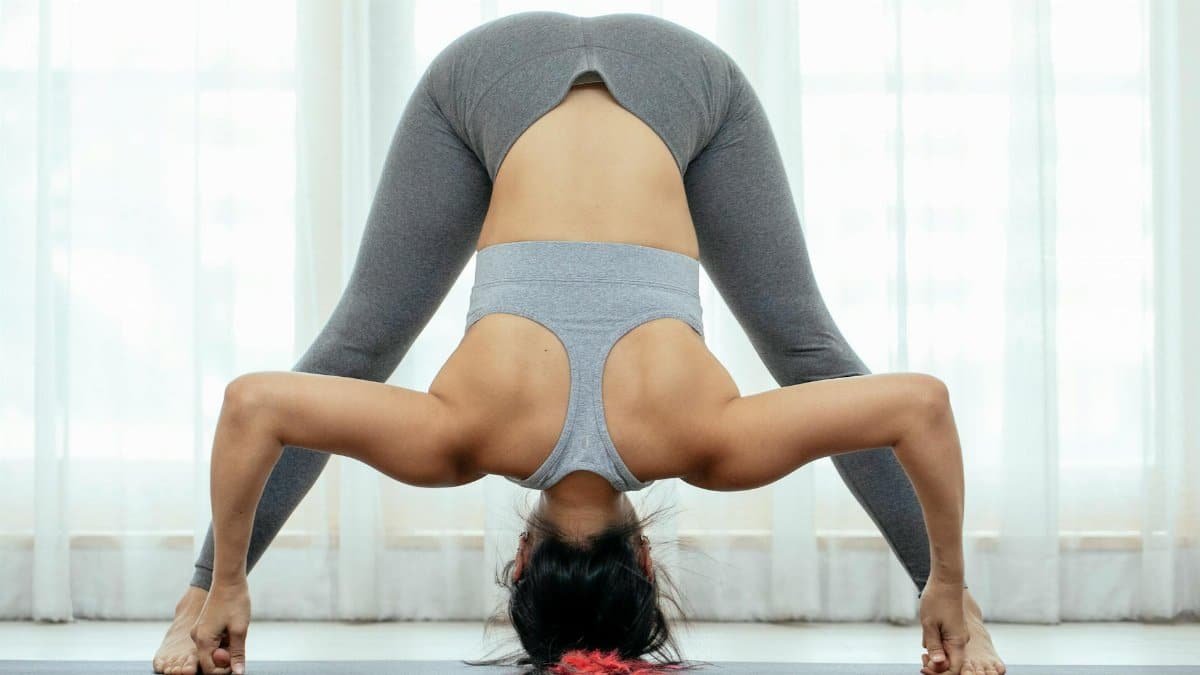
True balance isn’t piecemeal; it’s a symphony of all parts. This culminating ritual scans the entire energy field, harmonizing the previous ones. Envision a nurse in Dallas, exhausted from shifts, who ends her week with this to recharge.
Lie down, hands moving from crown to toes, intending integration. It synthesizes reiki’s core teachings, promoting sustained well-being. A meta-analysis from Harvard Medical School affiliates suggests reiki contributes to overall vitality, with users reporting better sleep and mood.Harvard Health on Reiki.
Customize with essential oils or music. Reflections from users highlight lasting shifts: “It’s like tuning an instrument—everything resonates better.” The key tension? Consistency; sporadic practice yields fleeting results.
As we close, these reiki rituals remind us that balance is an active pursuit, accessible to all seeking steadiness in 2025’s dynamic landscape.
